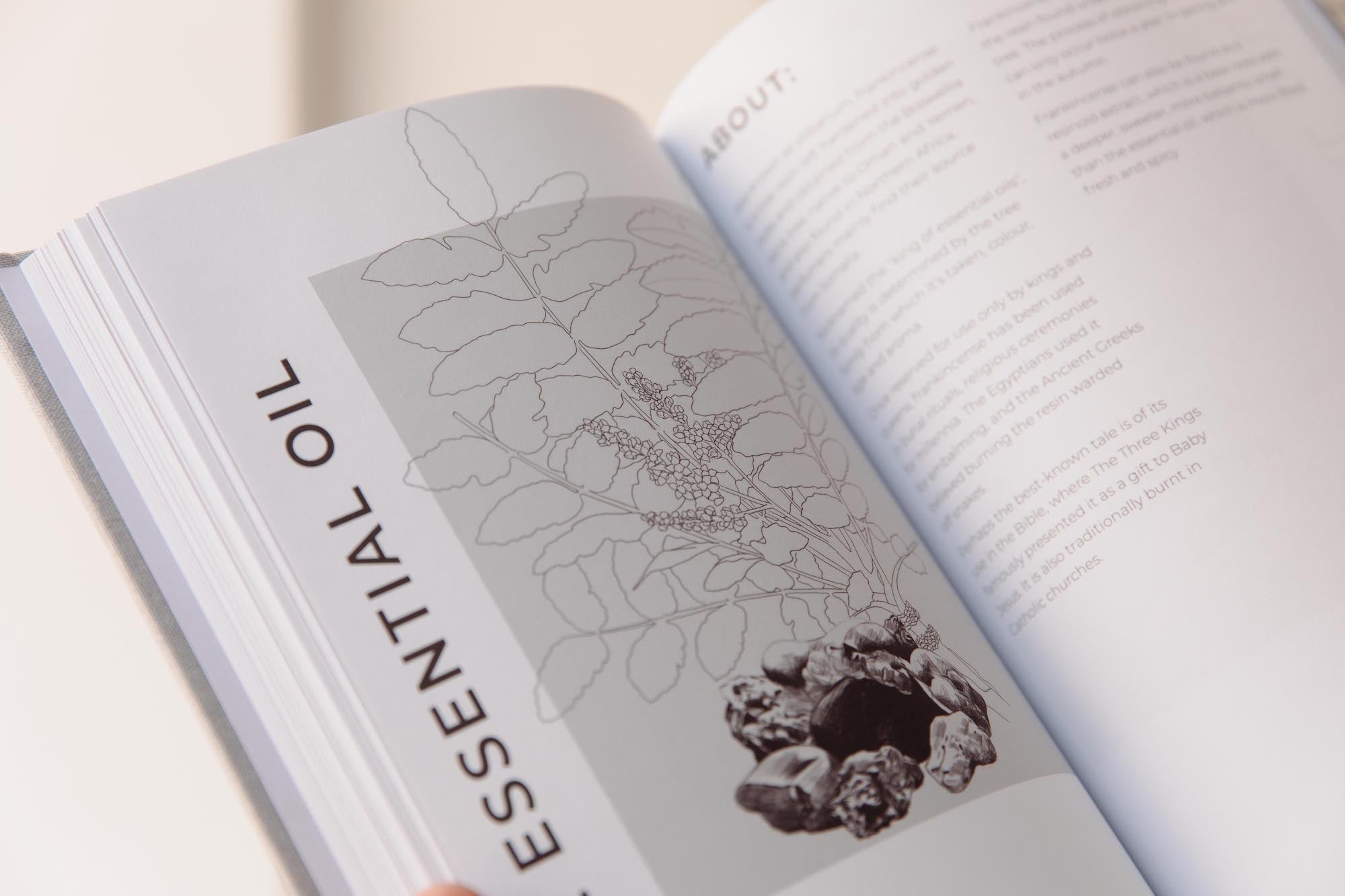
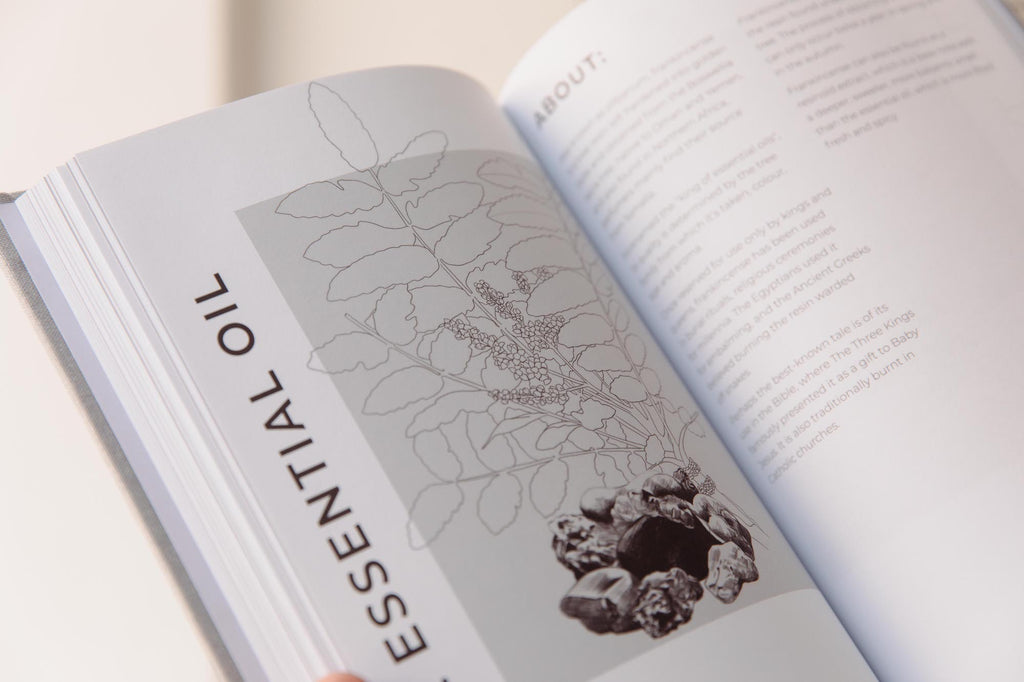
Scent Journal
A collection of scent stories to enrich your olfactory life.
Written by fragrance creators, for the curious noses.
Written by fragrance creators, for the curious noses.
Journal

The Ultimate EPC Gift Guide
This year, it’s time to skip the generic gifts. Give your loved ones something made with intention: thoughtful, personal, theirs. Need a little inspiration? Here’s our definitive guide to gifting something...
The Ultimate EPC Gift Guide
This year, it’s time to skip the generic gifts. Give your loved ones something made with intention: thoughtful, personal, theirs. Need a little inspiration? Here’s our definitive guide to gifting something...
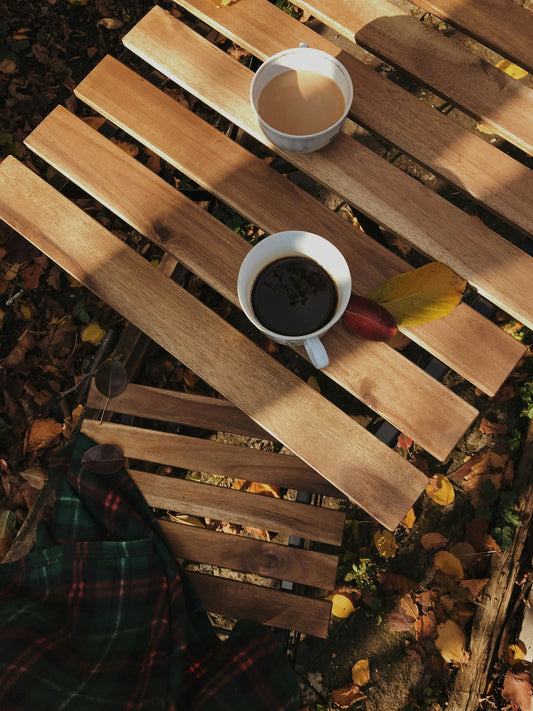
What Makes a Scent Feel ‘Cosy’?
What makes a scent feel cosy? From smoky woods to golden resins, explore the science of warmth in fragrance... and why certain notes comfort us when the nights draw in.
What Makes a Scent Feel ‘Cosy’?
What makes a scent feel cosy? From smoky woods to golden resins, explore the science of warmth in fragrance... and why certain notes comfort us when the nights draw in.
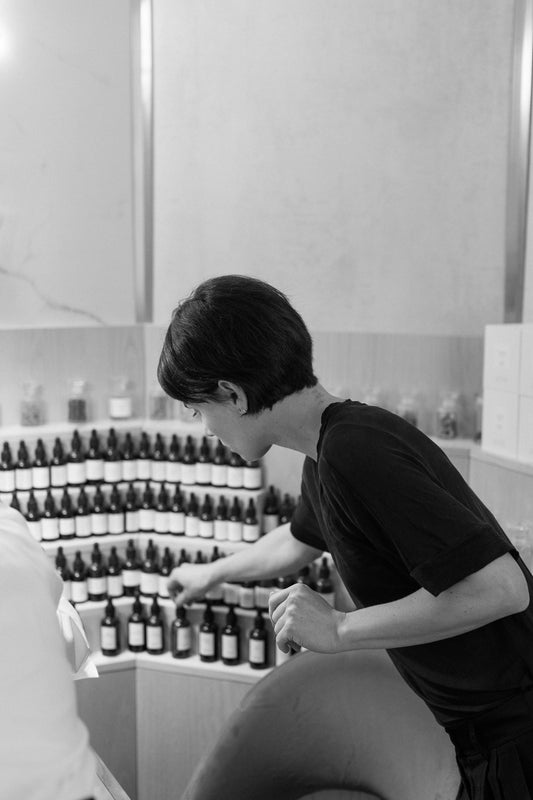
Scent School: Learn to Smell Like a Perfumer
You already know how to smell. But most of us don’t really pay attention to what we’re smelling – or how scent works at all. We’re taking you inside the...
Scent School: Learn to Smell Like a Perfumer
You already know how to smell. But most of us don’t really pay attention to what we’re smelling – or how scent works at all. We’re taking you inside the...

Bottling the Sun: Fragrance Notes That Smell Like Summer
Discover the fragrance notes that capture the essence of summer: from citrus and neroli to pistachio and sandalwood. Explore warm-weather blends and build your perfect seasonal scent with EPC.
Bottling the Sun: Fragrance Notes That Smell Like Summer
Discover the fragrance notes that capture the essence of summer: from citrus and neroli to pistachio and sandalwood. Explore warm-weather blends and build your perfect seasonal scent with EPC.

How to travel with fragrance
Whether you're off on your honeymoon, jetting away for a romantic city break or embarking on a summer adventure, fragrance has the power to bottle up a moment and turn...
How to travel with fragrance
Whether you're off on your honeymoon, jetting away for a romantic city break or embarking on a summer adventure, fragrance has the power to bottle up a moment and turn...
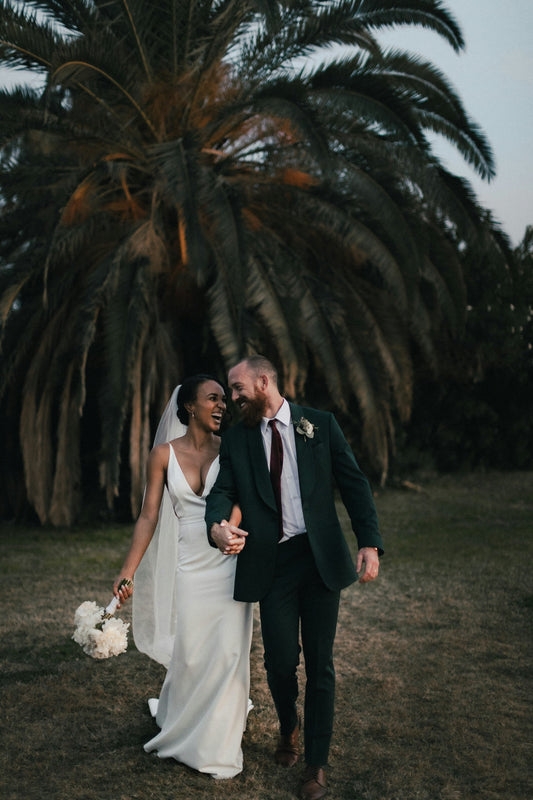
Why you should create a scent for your special occasions
Fragrance has a remarkable ability to take us back to a place, a feeling or even a person. One breath of a certain scent can transport you across years or...
Why you should create a scent for your special occasions
Fragrance has a remarkable ability to take us back to a place, a feeling or even a person. One breath of a certain scent can transport you across years or...